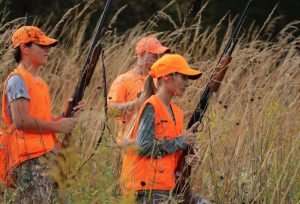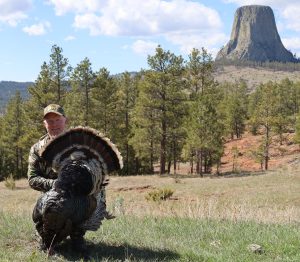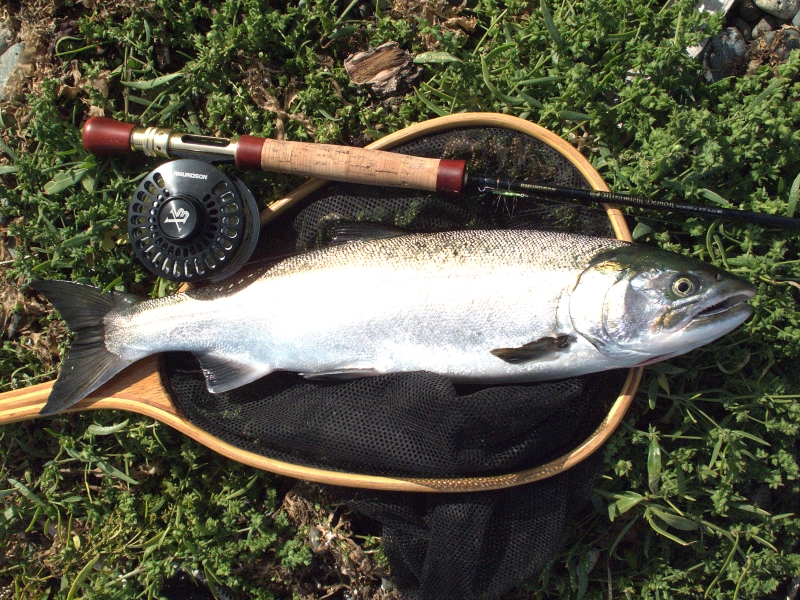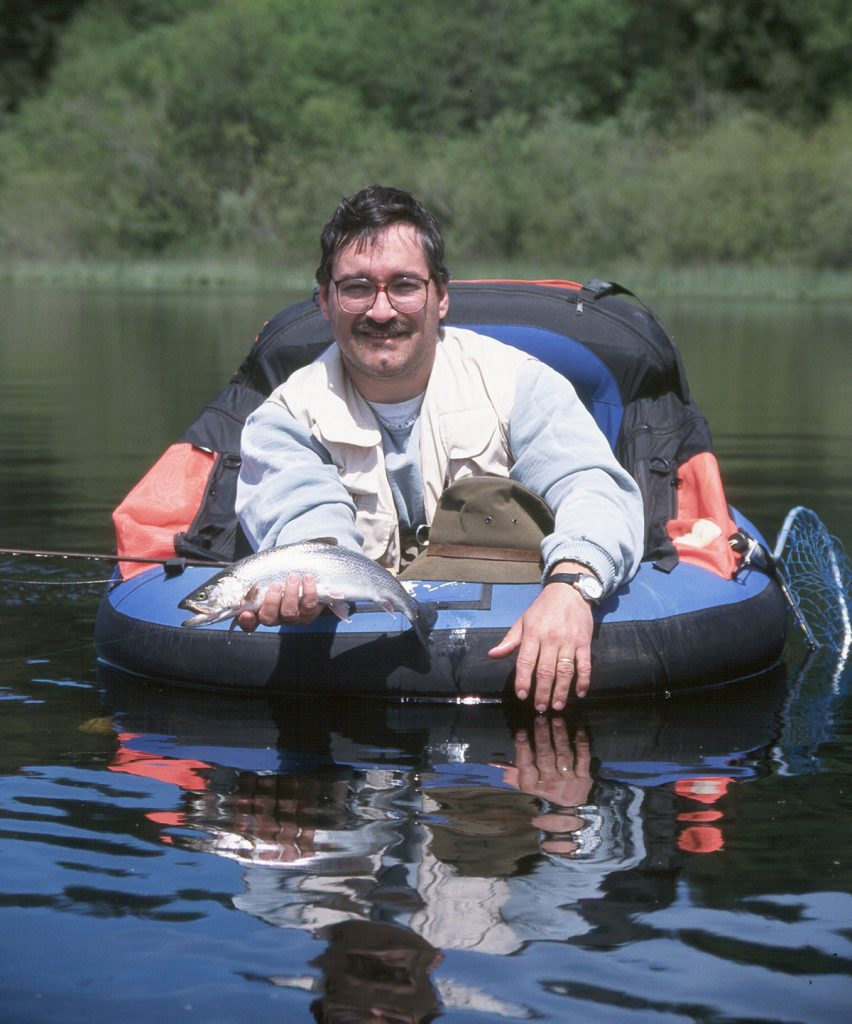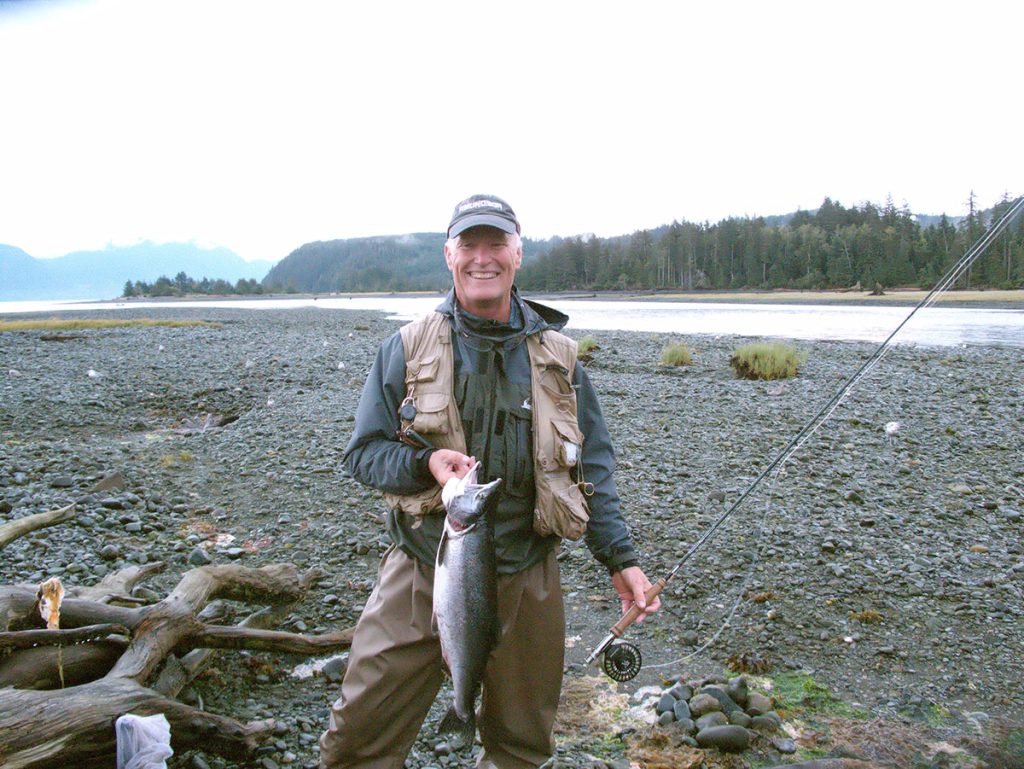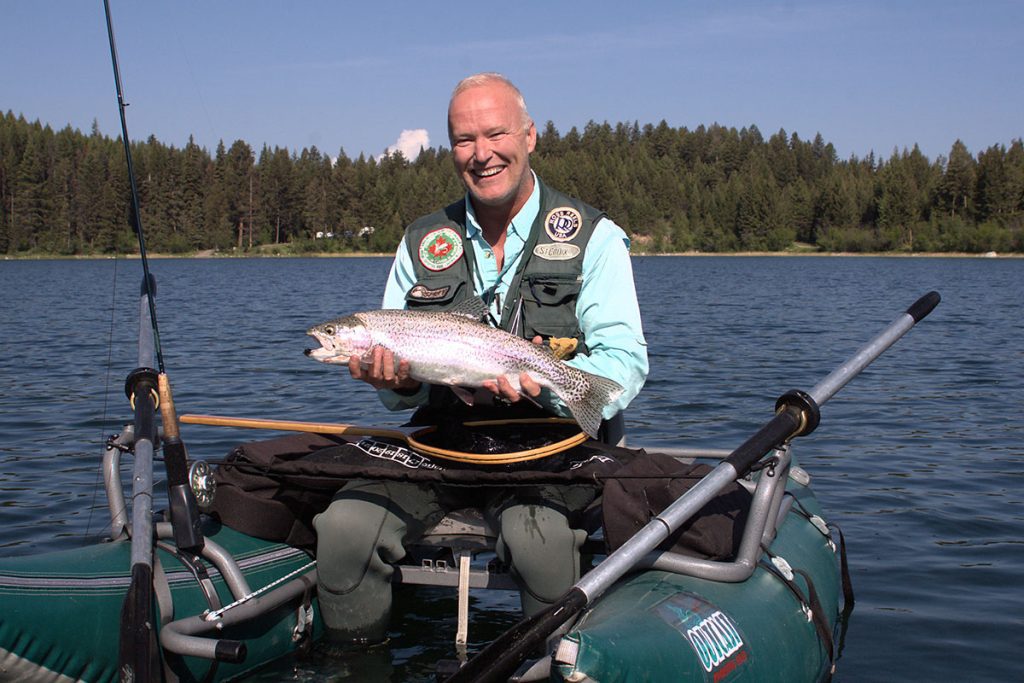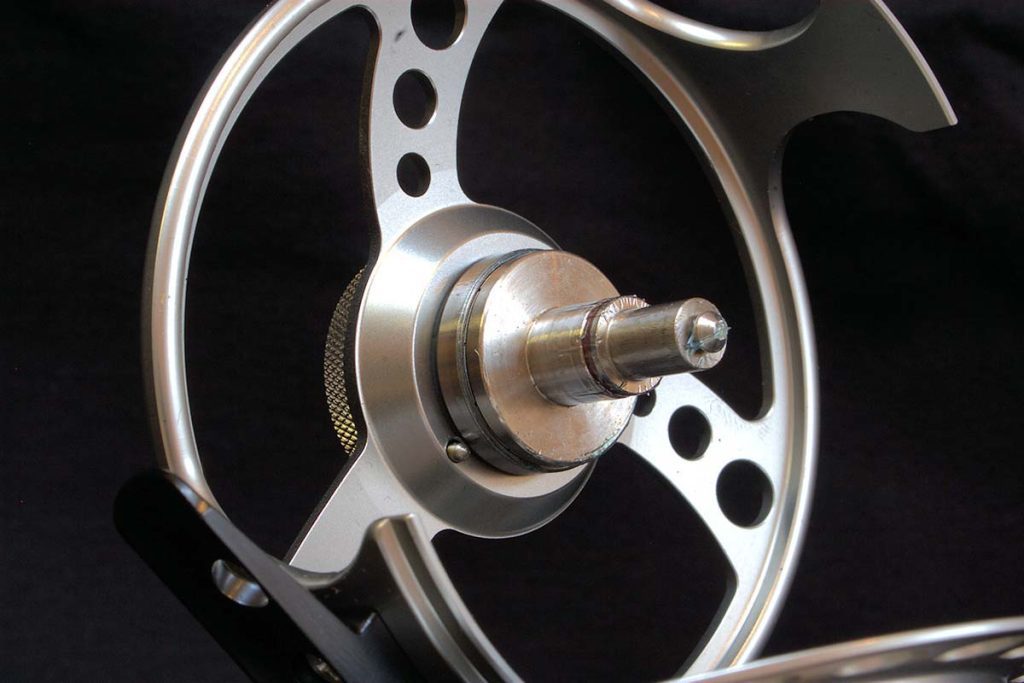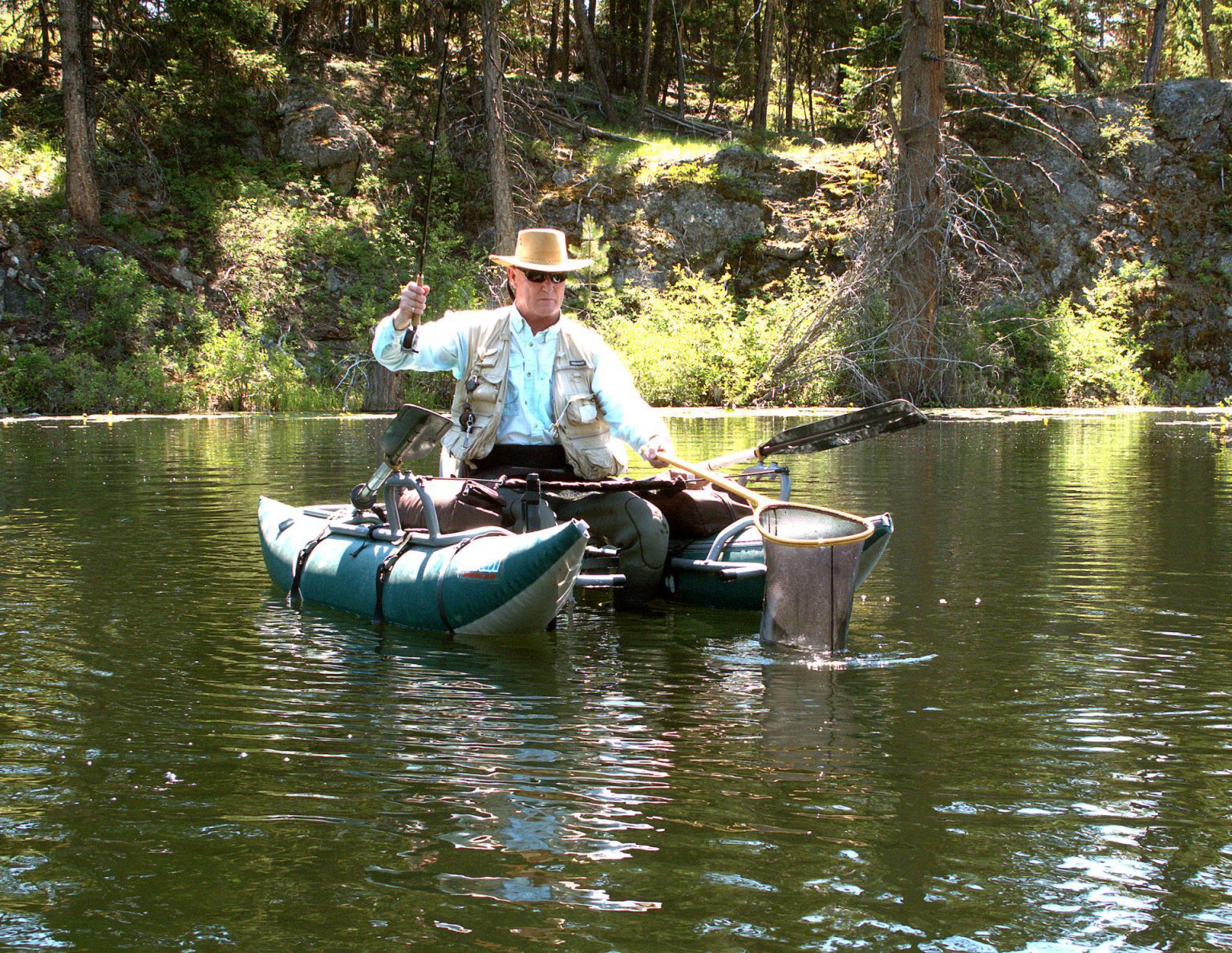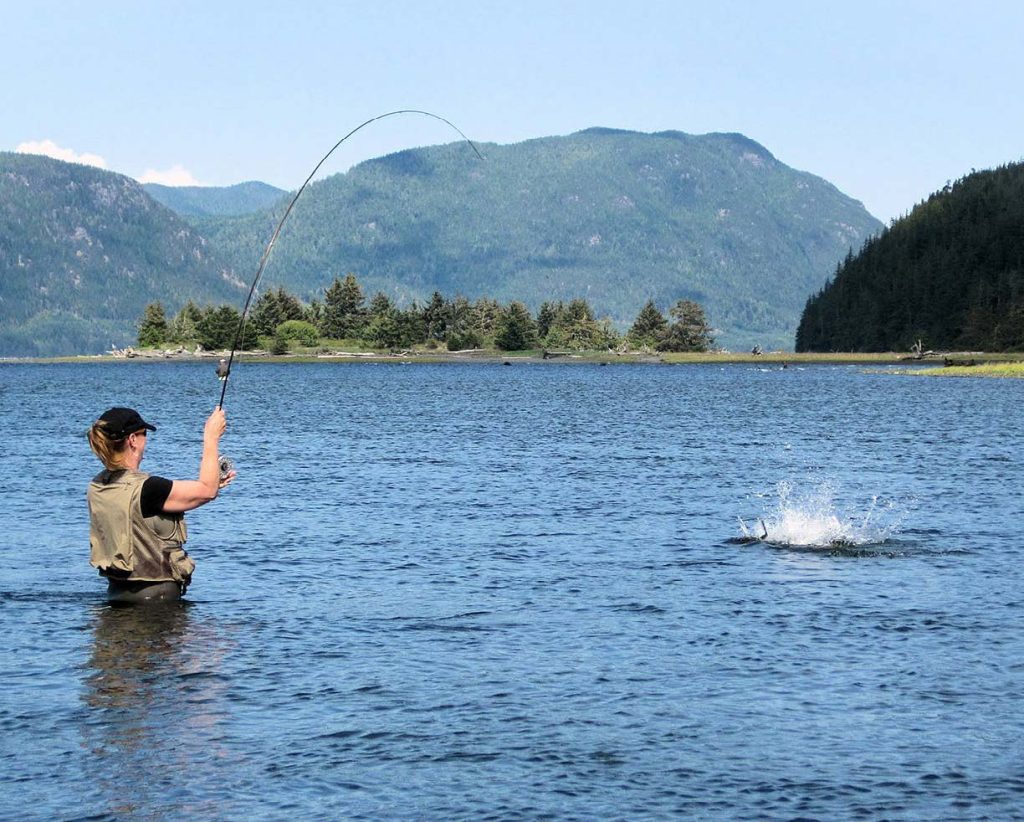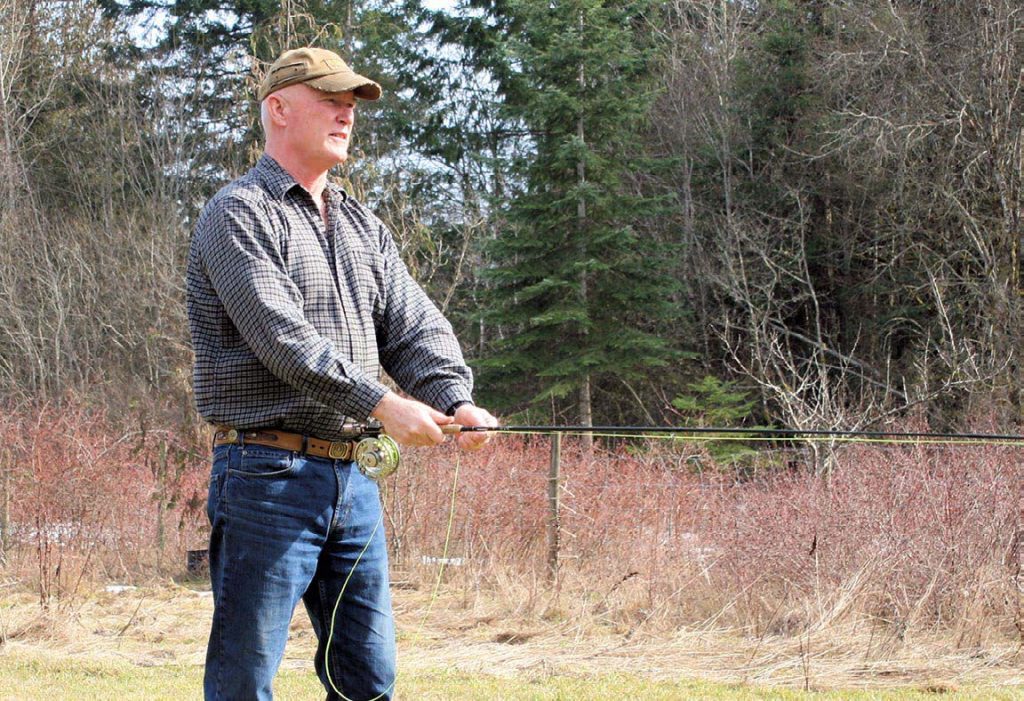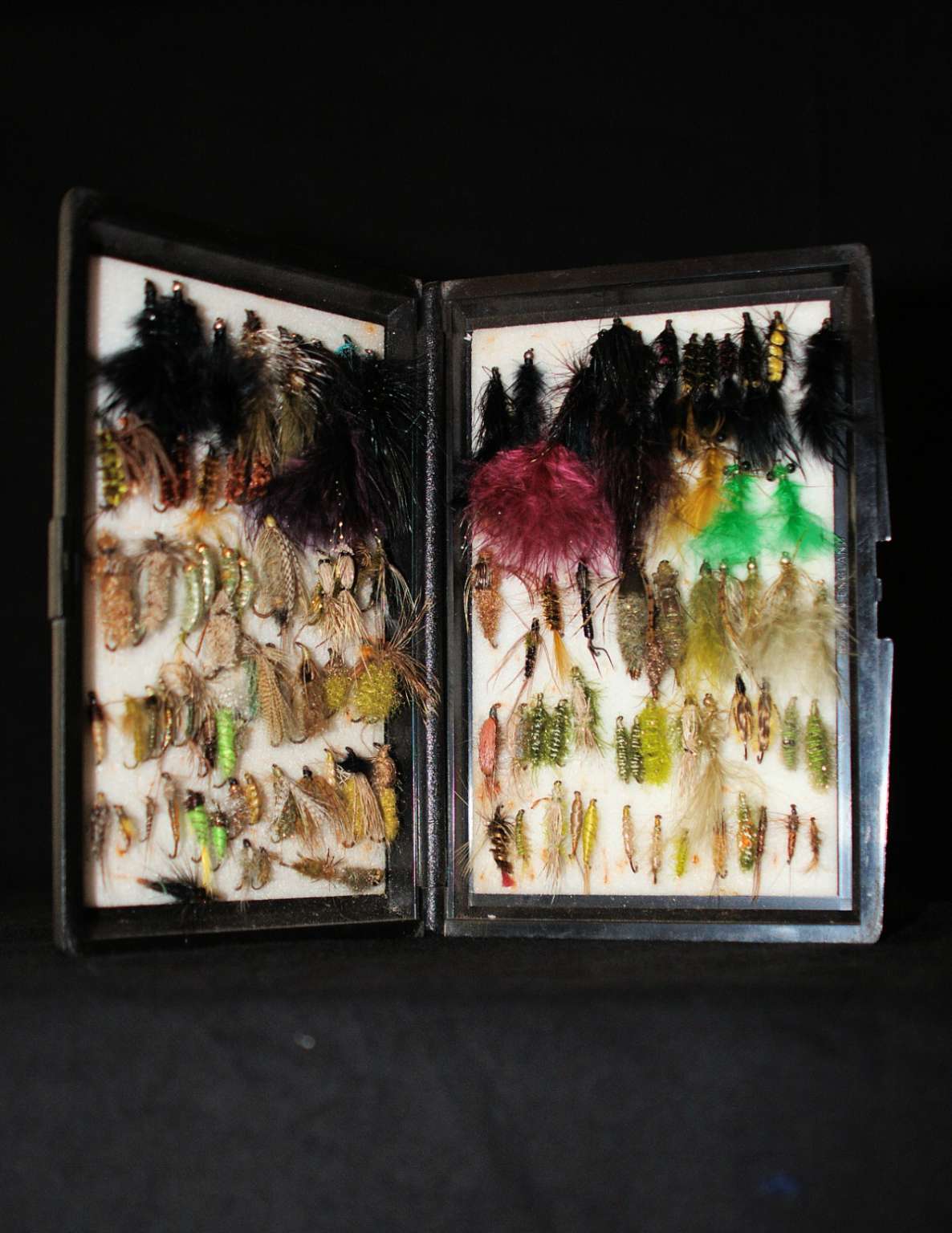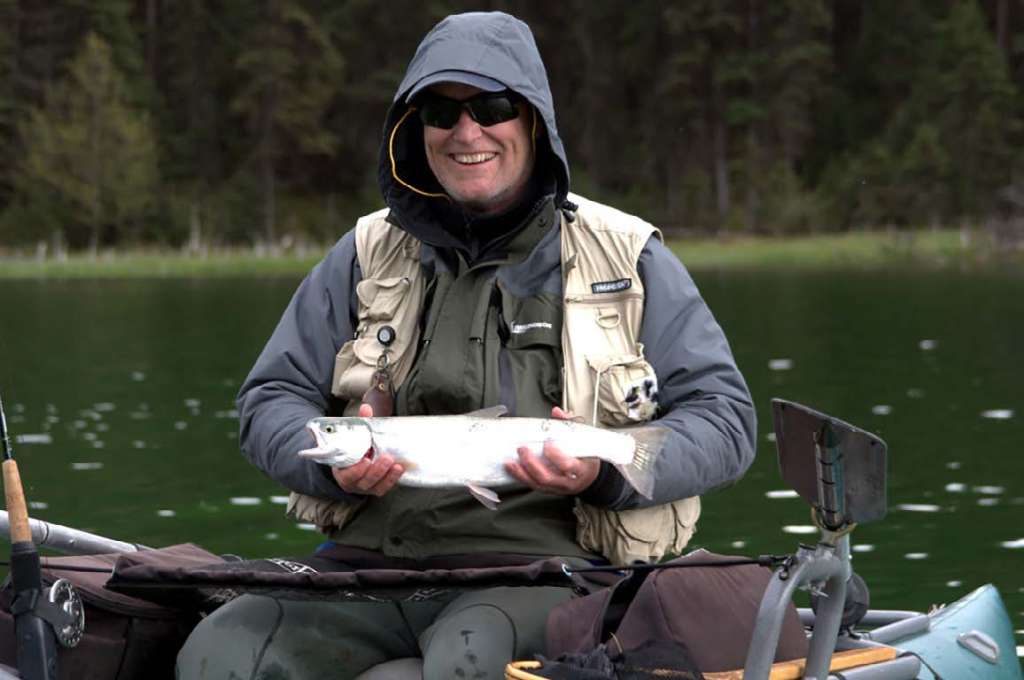Author: William Luscombe
Born and raised in BC, Bill has been fishing and hunting since he could walk; maybe longer but he can’t remember that far back. He has fished and hunted throughout British Columbia. Since moving to southern Vancouver Island in 1982, Bill has branched out into saltwater fly-fishing as well. Estuary salmon, both pink and coho have become a passion for his fly-fishing. Bill is a well-known fly-fishing instructor, firearms instructor and outdoor writer, having instructed and written for numerous fishing and outdoor magazines both in Canada and the US since 1988.
Wading waist-deep while fly fishing for Coho Salmon in the saltwater bays of British Columbia, anglers find themselves immersed in the electrifying pursuit of these fish. These silver torpedoes, known for their speed and strength, offer an unforgettable challenge to fly fishers. As autumn sets in and the rivers run low, the coho salmon stack up in estuaries, providing unparalleled opportunities for wading anglers. With the right gear, techniques, and a touch of patience, you’ll experience the heart-pounding thrill of connecting with one of these powerful fish in the wild, open water. I was wading waist deep in the water,…
Fishing for Cutthroat Trout Cutthroat trout are the Pacific Northwest’s true native trout. It’s a survivor, having been here for many centuries. It’s a beautiful fish and a prime target for sport fishers. Cutthroat trout are highly adaptable and inhabit all kinds of aquatic environments from freshwater streams and lakes to tea colored seep lakes, beaver ponds and oxbow lakes. They are also anadromous; running to the sea where possible where they cruise the shorelines of brackish estuaries and beaches near the river mouths. They still inhabit much of their original territory, although in lower numbers. “See-food diet” is a…
Just about every novice fly-fisher quickly realizes their need for a pair of waders. Waders are not complex pieces of clothing, actually they are very simple. There are, however, some things to look for when trying to figure out what style and brand to purchase. The first question to ask yourself is what sort of fishing or hunting you do the most. Do you cold water wade in rivers? Do you restrict yourself to warm weather fishing? Temperature of the water, season of the year and type of wading environment (branches, etc.) play an important part in helping you…
The Pacific Northwest is blessed with a plethora of sport fish species, both fresh and saltwater. Fly-fishing for them is exciting and productive, but to be consistently successful you need to know what flies to use and when to use them. This takes a knowledge of the fish you are pursuing and a knowledge of the foods they eat and how to imitate them. So rather than just tell you about my 10 favourite flies for the fish around here, I will do the reverse, I’ll start with each fish species and then give you a fly that works consistently.…
Here in the north, this time of year means no fly-fishing unless you brave the cold and chase sea-run cutthroats or open ocean salmon. Much of the time your eyelets freeze as you retrieve your line anyway and make it practically impossible to fish. That leaves us in a period of ice fishing, reading fishing magazines and watching reruns of our favorite outdoors shows on the tube. It’s also the perfect time to pull out your gear and do your annual gear maintenance and checks. Of course, you don’t have to live in a northern clime to do gear maintenance.…
Owning a fly vest is a personal choice. You don’t really have to have one to fly-fish. You can still go fly-fishing with a rod, reel, line and a few flies and in truth that is all you really need. As we mature into the sport though we tend to collect “stuff”. This “stuff” consists of everything from lengths of once-used monofilament leader and torn up old flies on still-good hooks, to extra spools of specialty fly lines that we only actually use once a decade but still insist on carrying with us at all times. Packing all this paraphernalia around in the pockets of our fishing jacket just doesn’t work after a while and that’s when we finally decide that we should invest in a fly vest; after all, what good is all this great stuff if we can’t find what we need when we need it?
Summer brings the fishing doldrums to most freshwater areas of British Columbia, including here on Vancouver Island, except for the bass and pike waters. It is a time for most fly-fishers to put away the rods, pack up the family and hit the beach. On the West coast though, fly-fishers still pack up their rods, only to throw them into the truck, then head out in pursuit of pink salmon. At this time of year, every fly-fisher and spin-caster capable of raising a rod is headed for the river mouths. Wading off the beaches and estuaries of the rivers, sometimes…
Every time I teach someone to fly cast, they struggle with distance. There are many reasons why that’s the case—from the rod being used, to the type of line being cast, or simply poor form. I’ve found that the main reason for these difficulties happening after learning the basics well is a struggle with the double haul. The double haul is a method of fly casting that is designed for distance. Paired with a weight-forward line and a rod with a good bottom end, the double haul can add a great deal of distance to your cast. The reason this…
Every angler knows the importance of keeping flies organized and in good condition, and a reliable fly box is the key to achieving this. From compact options for chironomids to larger boxes for salmon flies, fly boxes come in a variety of sizes and materials tailored to specific needs. Whether you’re wading deep in rivers or fishing from the shore, selecting the right fly box can make a world of difference. Dive into this guide to discover the different types, materials, and features that will help you choose the perfect fly box for your next adventure. Regardless of the type or…
Now that we’ve got our rods and lines altogether and we are ready to go fishing, we need a bunch of “stuff” to help us fish efficiently. This is where some of the real fun happens. Getting your “stuff” is like being six years old and turned loose in a candy store again. Obviously, you are going to need flies to fish with, but we will deal with those in more detail in other articles. Right now, we are going to talk about what we need to pack around with us routinely to make life easier while out on the…

